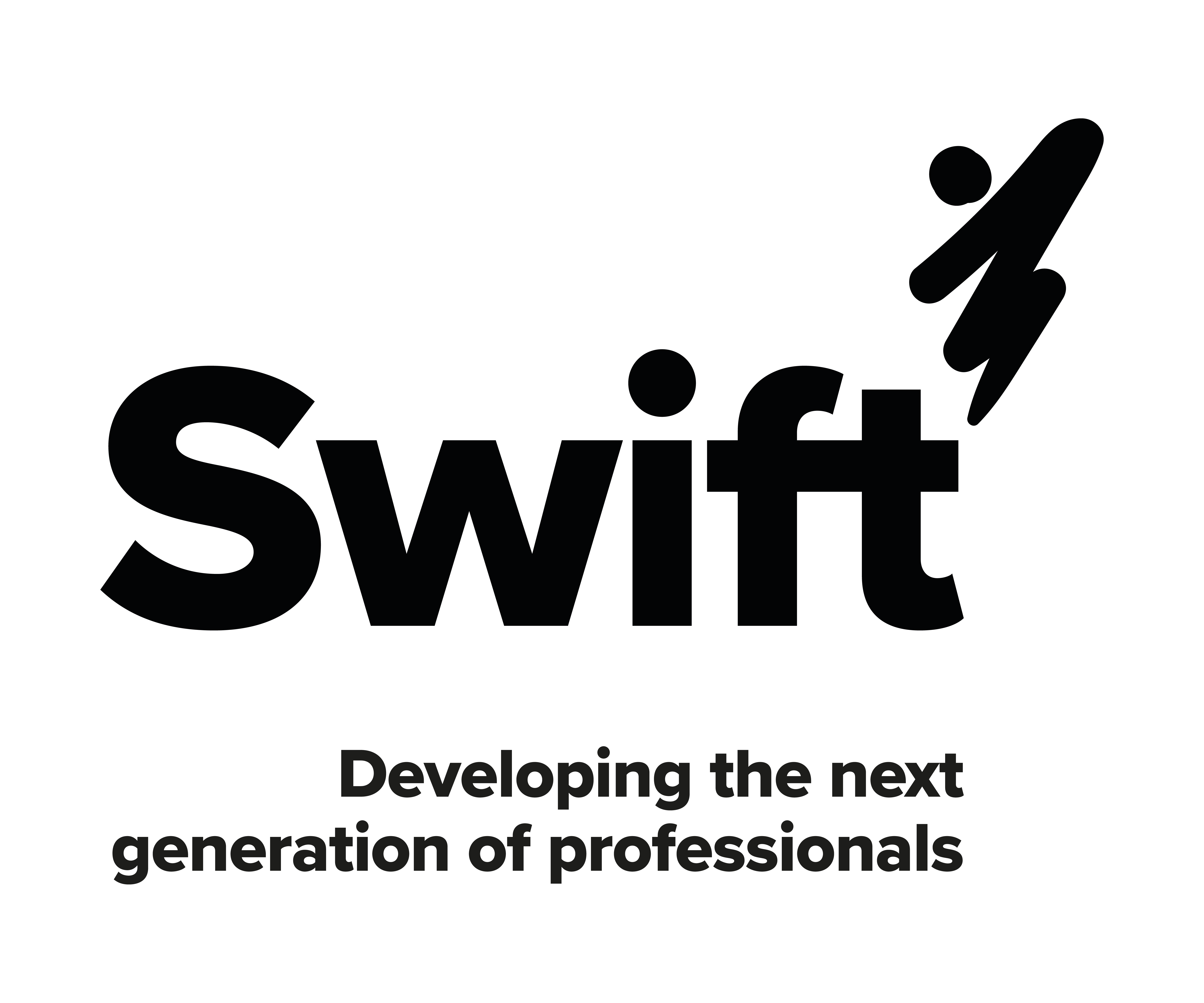Set up Reduction Team – Case Study
A team of individuals were selected from cross functional departments including customer service, planning, purchasing, assembly, engineering and warehouse took part in the Swift CI short programme in this aerospace company.
After conducting a waste walk identifying wastes in each of the 8 categories, it was understood that tool changeovers were frequent and slow, especially on the extrusion machines.
After the team had learnt all about the CI tools and techniques, they decided the project that would have the biggest payback and was relatively easy to do was that of machine changeover. The team got management approval to conduct a SMED (Single Minute Exchange of Die) exercise on three of the extruders to understand if any improvements could be made.
The team objective was to reduce the extrusion tool change over duration, and then to see if they could replicate any improvements across all the remaining extrusion machines.
Using an analysis sheet, the team analysed each element of the changeover activity. They then broke these activities down into internal and external factors. External factors are those that can take place whilst the machine is still running, and the steps can be preprepared before the machine stops. Internal factors are those that can only be completed when the machine is safely stopped.
By increasing the number of tasks that did not have to wait until the machine was stopped, they managed to reduce the time to set up each machine by 10 minutes.
Data
There were 12 extruders each taking approximately 40 minutes per set up. Each extruder was set up on average 1 time per 12 hrs. Approximately 5000 set ups per year in total.
5000 x 40 minutes = 3,000 hrs at £76 per hour productivity cost = £228,000 lost productivity per year.
The team was able to save 10 minutes off the set-up time of each extruder giving a cost saving of £30,400 per year.
The team went onto look at material change overs to see if there was a better scheduling method that could be used to run materials for longer. Reducing the actual number of changeovers required
The team learnt the importance of SOP’s (Standard Operating Procedures), Practical Problem Solving, simple SMED principles and how to use business costing. As well as all the CI tools and techniques.
- Privacy Notice
- IT Security Policy
- Safeguarding Policy
- Whistle Blowing Policy
- Disability Impact Statement
- Equality and Diversity Policy
- Appeals and Complaints Policy
- Bullying and Harassment Policy
- Confidentiality and GDPR Policy
- Prevent, Extremism and Radicalisation Policy
- Sexual Harassment Between Children Policy
- Domestic Abuse Policy
- Employee & Apprentice Code Of Conduct
built by: huzzah!
